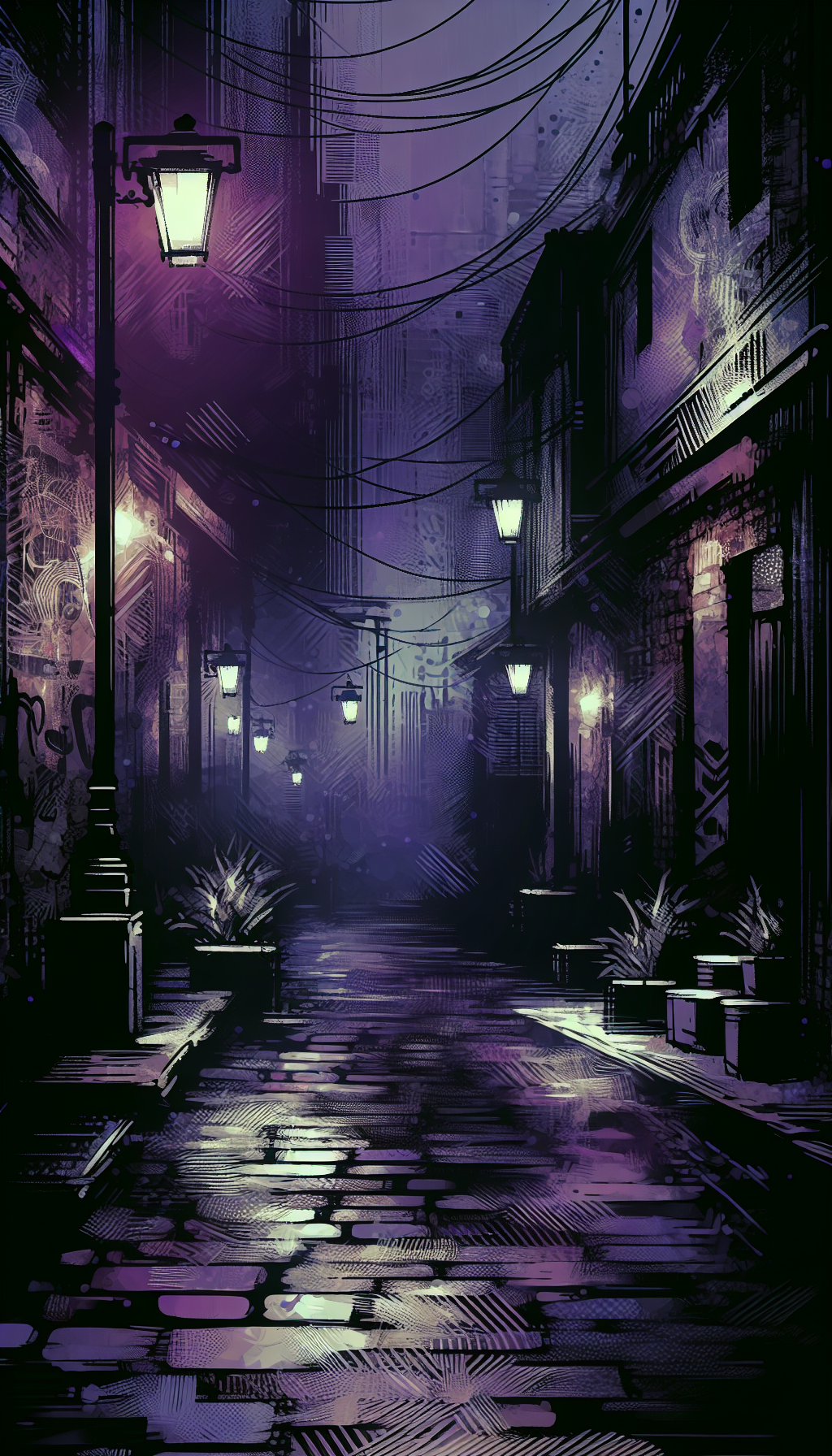Museum Reproduction Of Portrait Of A Boy Painting
For collectors and appraisers, a museum reproduction of a “Portrait of a Boy” painting can be both a charming decorative object and a surprisingly nuanced artifact. These pieces span more than a century of technologies—from 19th‑century chromolithographs to 1990s giclée prints—and their value, condition, and cataloging differ markedly from original artworks. This guide explains how to identify what you have, date it by technique and materials, assess value, and document it properly.
What “Museum Reproduction” Really Means
“Museum reproduction” generally refers to an authorized facsimile of a work held by a museum or cultural institution. The term covers a wide range of outputs:
- 19th-century chromolithographs and photogravures: Often sold as portfolios or plates after Old Master portraits. These are mechanically made reproductions, not hand-painted originals, but some are collectible in their own right.
- Early to mid‑20th century offset lithographs and collotypes: Mass-produced for educational use, exhibition posters, and museum shop prints.
- Late‑20th century to present giclée (inkjet) prints: High-resolution pigment prints on cotton rag paper or canvas, sometimes textured with a faux‑impasto varnish layer. Frequently sold as open editions in museum stores.
- Canvas transfers: A commercially popular late 20th‑century format where a printed image is bonded to canvas and stretched. Texture is often simulated.
A “Portrait of a Boy” is a common subject across centuries—think Baroque or Neoclassical bust-length portraits, Regency or Victorian sitters, or early 20th‑century academic studies. The ubiquity of the subject makes careful identification important; many reproductions include an artist’s signature photographically within the image (“in-plate”), which is not the same as a hand signature.
Key takeaway: A museum reproduction is an interpretive, authorized copy. It can be attractive and collectible, but it is not an original oil painting.
How To Identify A Reproduction Versus An Original
Examination under good light and low magnification (10x loupe) reveals the production method. Work methodically from surface to verso.
Surface and image structure:
- Paint versus print: Originals show brushwork, impasto, and layered paint edges around craquelure. Reproductions on paper or canvas display a uniform surface; any “texture” may be a printed pattern or an added acrylic gel. If texture repeats across areas that should differ, it’s simulated.
- Halftone dots: Offset lithography reveals CMYK rosette patterns under 10x. Dots are evenly spaced; curves show moiré if photographed.
- Giclée (inkjet): You’ll see micro-sprayed dots without rosettes—more like misted specks in clusters. Edges appear crisp yet slightly “dithered.”
- Collotype/photogravure: Continuous tone without halftone dots. Photogravure shows a fine reticulated grain; both can show a platemark (a beveled impression around the image).
- Chromolithograph: Dense, layered color from multiple stones; under magnification, you’ll see overlapping flat color areas with occasional misregistration along edges.
Paper and canvas clues:
- Paper weight and watermark: Mould‑made papers (e.g., “ARCHES,” “RIVES”) suggest quality reproductions; watermarks can help date post‑1960s giclées. Machine‑made wood‑pulp papers with uniform, bright white tone often signal late 20th‑century posters.
- Deckle edges: True deckle on at least two sides indicates mould‑made paper, common in fine‑art giclées and some photogravures. Machine‑torn “faux deckle” looks suspiciously regular.
- Canvas and stretcher: Factory‑stapled canvas with sharp, consistent corner folds indicates a modern canvas transfer or giclée. Stretcher bars with rounded inside edges and metal corner keys are common from mid‑20th century onward.
Marks, labels, and text:
- Credits and captions: Museum shop prints typically list the artist, title, museum credit line, and sometimes “Licensed by…” along the margin or verso. A printed signature within the image is not a hand signature.
- Editioning: Handwritten pencil edition numbers (e.g., 34/250) and a publisher’s blind stamp indicate a limited edition fine‑art reproduction. Many museum shop prints are open editions—no number, no blind stamp.
- Barcodes and zip codes: UPC barcodes (post‑mid‑1970s usage) and ZIP+4 codes (post‑1983) on labels help bracket production dates.
- Plate marks and blind stamps: A clean intaglio plate mark with a publisher or printer blind stamp can point to photogravure or high‑end reproduction, generally earlier than modern posters.
Diagnostic tests:
- UV light: Dyes in 1970s–1990s posters often fluoresce; modern optical brighteners in paper glow bright blue. Pigment‑based giclées on rag paper tend to be more subdued.
- Edge inspection: Remove from frame when safe. Examine unexposed margins for paper tone, mount method, and any in‑house matting notes (“Printed in Italy,” SKU codes, etc.).
Red flags for “not an original painting”:
- Visible CMYK dots or inkjet dot patterns.
- Perfectly smooth “varnished” look with no paint ridges.
- Title/artist printed below the image, or cropping inconsistent with original dimensions.
- Frame shop labels and SKU barcodes; modern foam-core backing; mass‑market frame hardware.
Dating Clues By Technique And Materials
Dating reproductions narrows value and informs conservation.
- Chromolithograph (c. 1860–1900): Multiple stones, rich saturated color, occasional misregistration; often on stout, slightly creamy paper. Margins may bear plate titles or publisher imprints in serif type.
- Collotype (c. 1870–1920): Fine continuous tone; sometimes sepia; no halftone dots. Edges can show slight crusting from gelatin.
- Photogravure (c. 1880–1930): Matte surface with reticulated grain; plate mark; deep blacks. Later examples exist but are less common for museum shop items.
- Offset lithograph (c. 1920 onward; widespread mid‑century): CMYK halftone rosettes under loupe; smooth coated papers in later decades; posters and open‑edition prints.
- Early museum shop posters (c. 1950s–1970s): Often large, with bold typography, sometimes with matte papers that now show acidification; fluorescent under UV.
- Giclée pigment prints (c. 1990s–present): On cotton rag papers or canvas; wide color gamut; no rosettes; often marketed as “archival.”
- Canvas transfers (c. 1990s–2000s): Image bonded to canvas; uniform sheen; printed craquelure or gel; factory-stapled.
Supporting context:
- Labels with 5‑digit ZIP only suggest pre‑1983; ZIP+4 usually 1983 onward.
- UPC barcodes on museum retail labels typically post‑1974, common by the 1980s.
- Frame styles: Narrow anodized aluminum frames popular 1970s–1990s; UV acrylic glazing is more common in recent decades.
Value And Market Considerations
Most museum reproductions occupy a decorative value category, not fine‑art originals. That said, there are notable value tiers:
Common ranges:
- Open‑edition offset posters and prints (unframed): $20–$150 fair market value (FMV), depending on size, condition, and demand for the subject.
- Framed open editions: $75–$300 FMV, largely driven by frame cost and current décor trends.
- Quality giclée on rag paper or canvas, open edition: $75–$400 FMV; higher if very large or exceptionally well‑framed.
- Limited editions with hand numbering, publisher blind stamp, and high‑grade papers: $150–$800 FMV; occasionally above if the publisher is collectible and the edition small.
Potentially higher value segments:
- 19th‑century chromolithographs in fine condition, especially with original publisher’s imprint and full margins: commonly $200–$800 at auction, more for scarce plates or sought‑after publishers.
- Photogravure plates issued by reputable art publishers: $200–$1,000, depending on subject, paper quality, and condition.
Value drivers:
- Technique and quality: Photogravure and chromolithograph rank above standard offset posters. Well‑executed pigment giclées on heavy rag paper are preferred over dye‑based prints.
- Condition: Fading, foxing, offsetting, mat burn, cockling, scuffs, and canvas delamination reduce value. Reframing with archival materials can enhance appeal but not transform the category.
- Edition and publisher: Low edition numbers with documented publishers and blind stamps improve market interest. Open editions remain modest.
- Subject and wall power: A striking “Portrait of a Boy” with compelling period costume or direct gaze tends to outperform more generic images.
- Provenance and documentation: Museum retail receipts, original packaging, or verso labels help confirm legitimacy and can nudge value upward.
Caveat: Replacement cost for insurance (what it would cost to buy a similar item framed retail today) often exceeds FMV. Be clear about the assignment type in any appraisal.
Appraisal Approach And Documentation
For appraisers and advanced collectors, consistent cataloging is essential.
Cataloging fields to capture:
- Subject: Portrait of a Boy (after [named artist] if identified; otherwise “after an Old Master portrait,” or “after unknown artist”).
- Type: Museum reproduction; specify process (offset lithograph, chromolithograph, photogravure, giclée pigment print, canvas transfer).
- Publisher/Printer: Museum name and/or licensed publisher; note blind stamps, imprints, or labels verbatim.
- Edition: Open edition or hand-numbered (record fraction and any “AP,” “HC,” etc.).
- Signature: Note “printed signature within image” or “hand‑signed in pencil,” as applicable; distinguish plate‑signed vs. hand-signed.
- Paper/Support: Paper brand and weight if known; watermark; canvas type; stretcher features.
- Dimensions: Image size, sheet size, and framed size.
- Date/Date range: Estimate using technique, labels, barcodes/ZIP clues, typography, and frame characteristics.
- Condition: Detailed notes on fading, stains (foxing, mat burn), tears/creases, abrasions, adhesive residues, glazing presence, and backing materials.
- Provenance: Prior owners, museum shop receipts, gallery labels, or collection notes.
Comparable sales:
- Use like‑for‑like comps: same or similar technique, publisher, era, and subject category.
- Avoid original painting comps; they are not relevant to reproductions.
- Prioritize sales within the last 3–5 years; adjust for frame, size, and condition.
Language tips:
- Use “after” to denote the original artist if known (e.g., “after [Artist], Portrait of a Boy”).
- Avoid implying authorship by the original artist if it’s a reproduction.
- Note licensing: “Published under license from [Museum],” if present on the work.
Care, Display, And Conservation
Even reproductions benefit from proper care, which protects both appearance and residual value.
- Light: Limit exposure to bright sunlight or strong LEDs. Use UV‑filtering glazing for works on paper. Pigment‑based giclées are relatively stable; dye‑based posters are vulnerable to fading.
- Mounting: Hinge with Japanese paper and reversible wheat starch paste; avoid dry‑mounting if you want to preserve value and reversibility. Use acid‑free, lignin‑free mats and backings.
- Framing: Provide an air gap between image and glazing via mat or spacers. Replace brittle, acidic mats that cause burn.
- Humidity and temperature: Aim for 40–60% RH and stable temperatures. For canvas, avoid damp walls; monitor for delamination or lifting gel coatings.
- Cleaning: Dust frames gently; do not use liquids on glazing without removing the work. For stuck glazing or suspected mold, consult a conservator.
When to consult a conservator:
- Significant foxing or tide lines.
- Severe fading with uneven color loss.
- Canvas transfer delamination or cracked gel surface.
- Adhesive residues or pressure‑sensitive tape on the verso.
Practical Checklist For Owners And Appraisers
- Inspect under 10x: look for halftone rosettes (offset) or micro‑spray dots (giclée).
- Feel the surface: uniform smoothness or repeated texture suggests reproduction; no real paint build.
- Check margins/verso: record all printed credits, blind stamps, watermarks, barcodes, and ZIP codes.
- Identify technique: chromolithograph, photogravure/collotype, offset lithograph, giclée, or canvas transfer.
- Note editioning: open vs. hand‑numbered; in‑plate vs. hand signature.
- Measure accurately: image, sheet, and frame sizes.
- Grade condition: fading, foxing, mat burn, tears, scuffs, delamination.
- Date by clues: printing method, typography, paper, frame style, and labels.
- Photograph: recto, verso, details of margins, labels, and any stamps.
- Value with like comps: similar technique, publisher, era; separate FMV from retail replacement.
FAQ
Q: Are museum reproductions of “Portrait of a Boy” ever valuable? A: Yes, within limits. Early chromolithographs and photogravures can be collectible, especially in fine condition with publisher imprints. Limited editions with quality printing and reputable publishers also bring stronger prices. Most open‑edition posters and giclées remain modest, valued primarily as décor.
Q: How can I tell a giclée from an offset lithograph? A: Under 10x magnification, offset shows CMYK halftone rosettes—regular, repeating dot patterns. Giclée (inkjet) displays micro‑sprayed pigment with no rosette; dots appear randomly dithered. Giclées are often on textured rag papers; offsets frequently appear on smooth, coated stocks.
Q: The print has the artist’s signature—does that mean it’s signed? A: Most reproductions include a photographed or printed signature within the image (“plate‑signed”). A true hand signature is typically in graphite in the margin, separate from the image, and may be accompanied by an edition number and a publisher’s blind stamp.
Q: Should I remove it from the frame to inspect it? A: If you are experienced and the frame is simple, yes—carefully, on a clean surface, wearing gloves. Photograph each step and avoid disturbing hinges. If the work seems stuck to glazing or uses brittle mats/tapes, defer to a paper conservator.
Q: Do certificates or museum shop receipts increase value? A: Documentation helps confirm legitimacy and can support the high end of typical ranges, but it doesn’t transform a reproduction into a high‑value artwork. Technique, condition, and desirability are the main drivers.
By understanding the printing process, materials, and market norms, you can confidently identify, date, and value a museum reproduction of a “Portrait of a Boy” painting—and document it with the precision collectors, insurers, and institutions expect.



